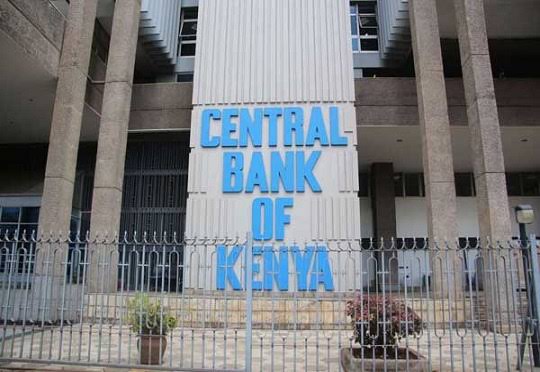Kenya’s commercial banks have rejected a proposed loan pricing framework by the Central Bank of Kenya (CBK), warning that it could amount to the reintroduction of interest rate caps through the back door and threaten credit access, especially for small businesses.
The new proposal would require banks to peg lending rates to the Central Bank Rate (CBR), along with a fixed premium referred to as “K”. However, the Kenya Bankers Association (KBA) insists that the interbank rate—a market-based benchmark reflecting real-time liquidity—would serve as a more responsive and practical reference point.
In a statement released Thursday, KBA said it is open to dialogue with the CBK but firmly opposes the framework, arguing that the lack of transparency in how the “K” premium would be set or adjusted creates regulatory uncertainty. “Submitting the lending premium ‘K’ for each customer to the CBK is impractical and lacks clarity,” the association stated.
Kenya scrapped interest rate caps in 2019 after the policy was linked to reduced lending to SMEs and low-income borrowers. KBA believes the current proposal risks reviving those problems. The association warned that strict lending limits could push banks to withdraw credit from riskier sectors, hampering economic growth, job creation, and private sector investment.
The banking industry has pledged to inject KES150 billion annually into the SME sector from 2025 but says the proposed pricing model could derail that commitment. KBA stressed that lenders must retain flexibility to price loans based on individual risk assessments, which the CBR-K model could restrict.
From the CBK’s perspective, the new framework is intended to enhance transparency in loan pricing and strengthen the transmission of monetary policy. The central bank has repeatedly lowered the benchmark lending rate since October 2024 but says commercial banks have failed to respond by cutting lending rates.
Still, KBA maintains that the model contradicts Kenya’s liberalised financial market policies and could undermine monetary policy effectiveness by distorting the link between rate changes and actual lending conditions.
As tensions mount between regulators and lenders, the standoff reflects broader debates in emerging markets over balancing borrower protection with access to affordable credit in volatile economic conditions.










